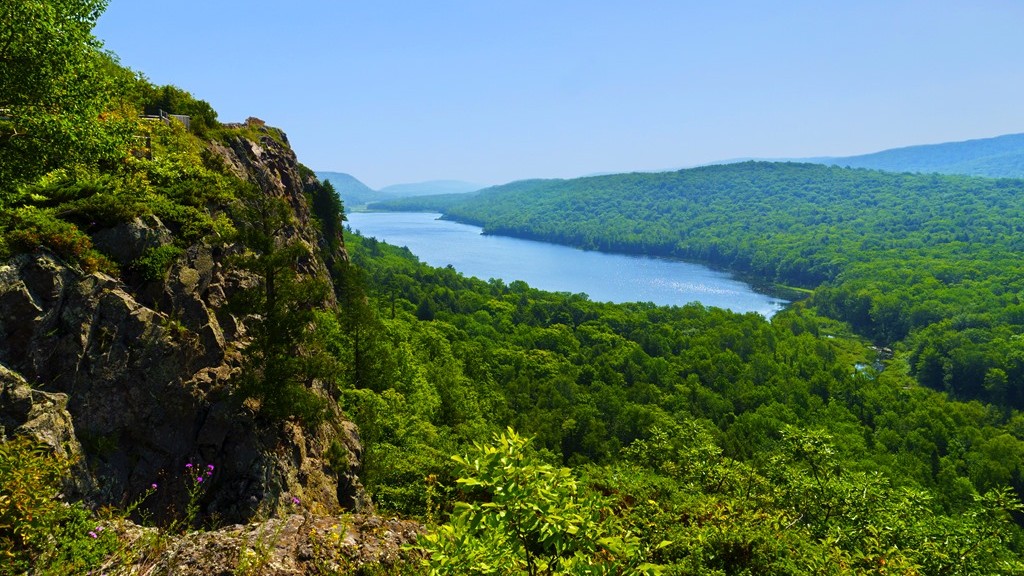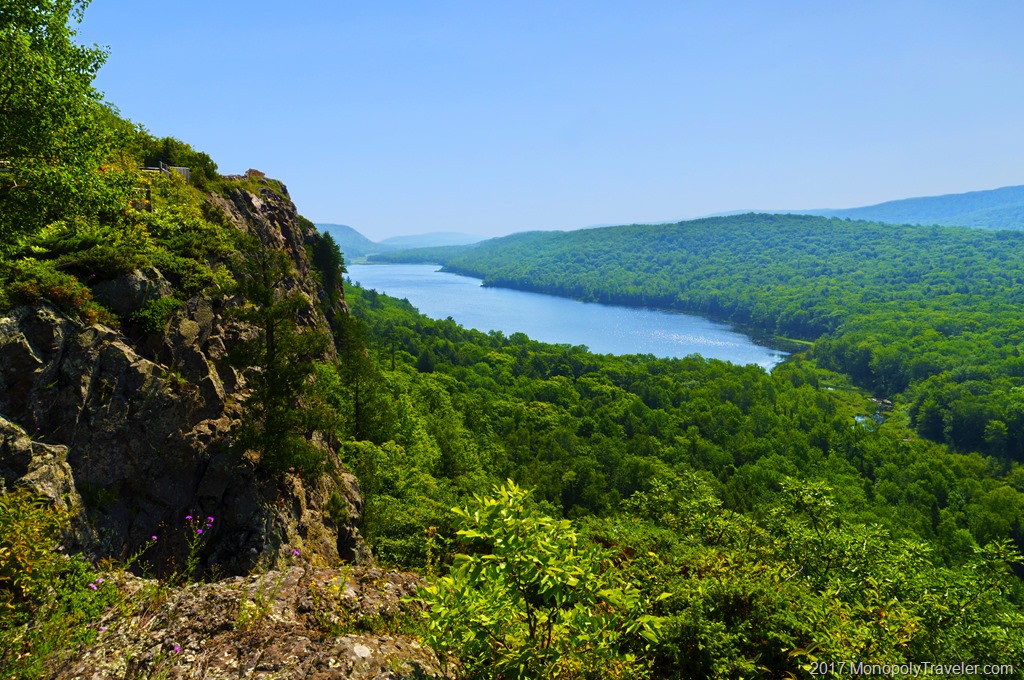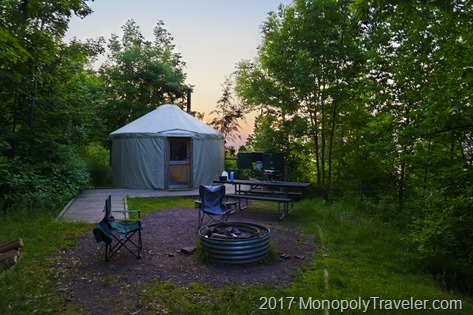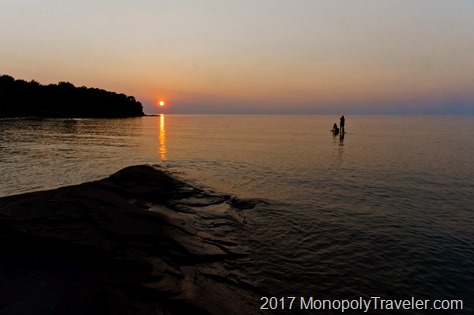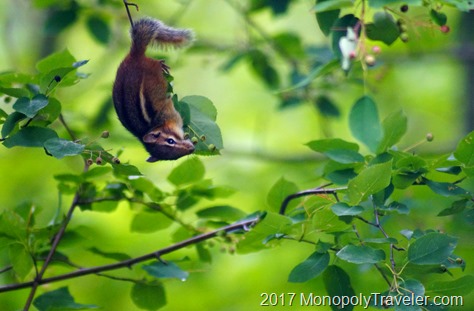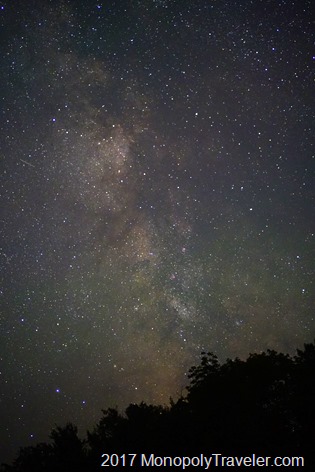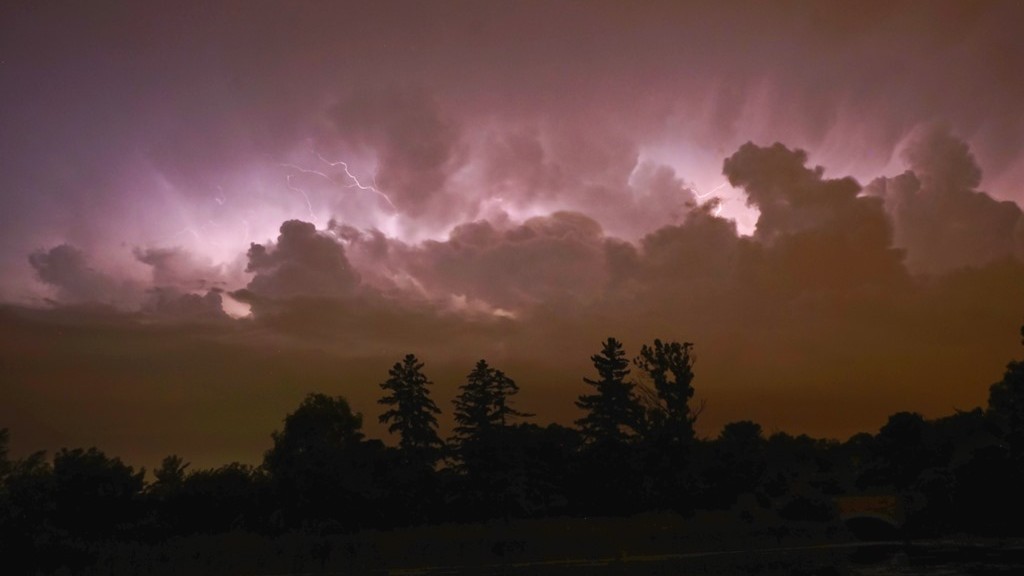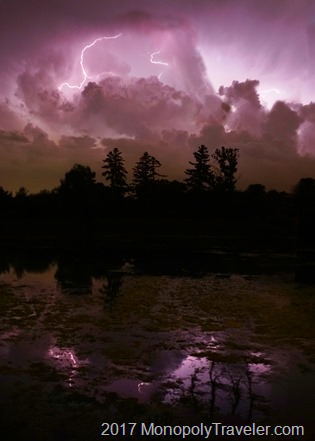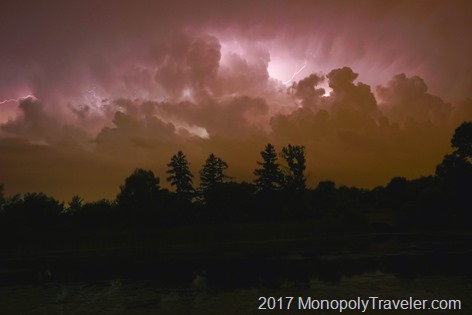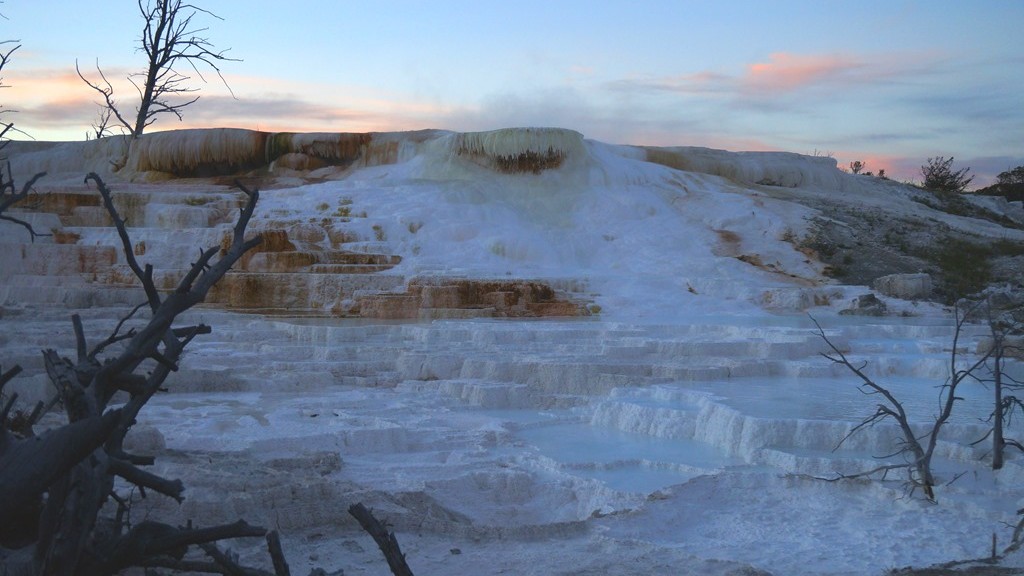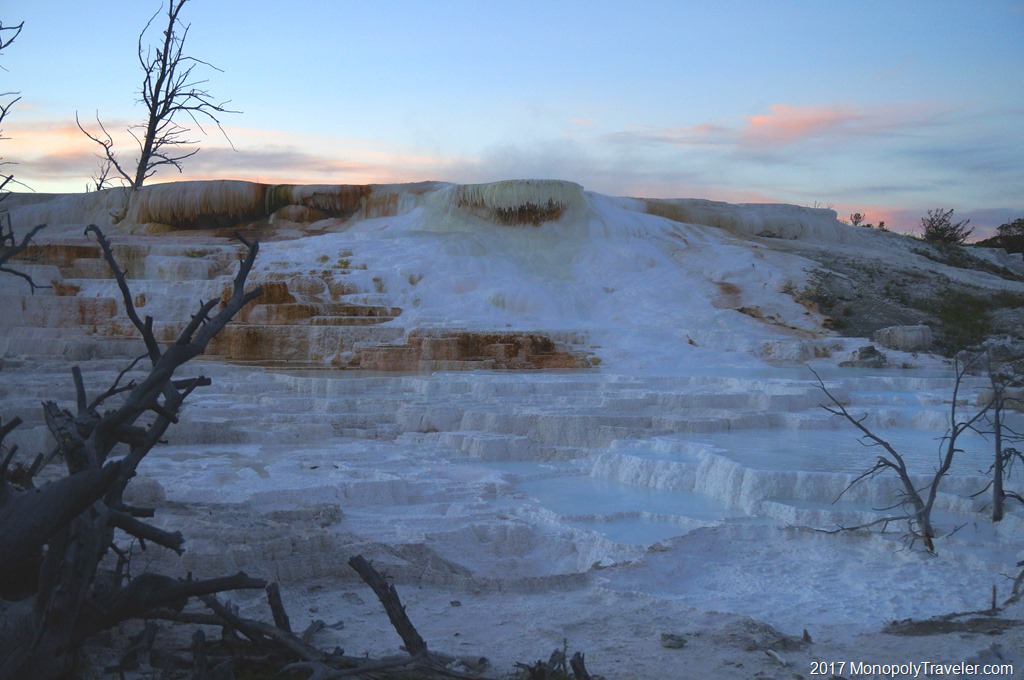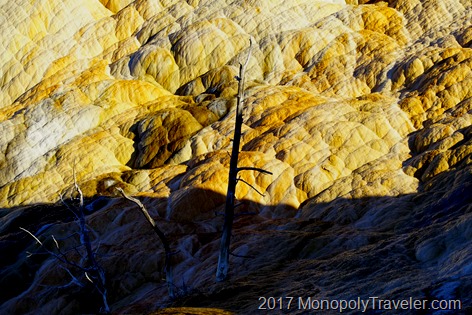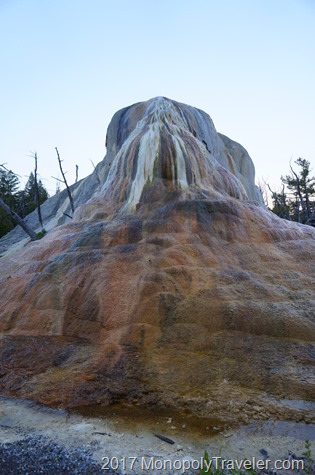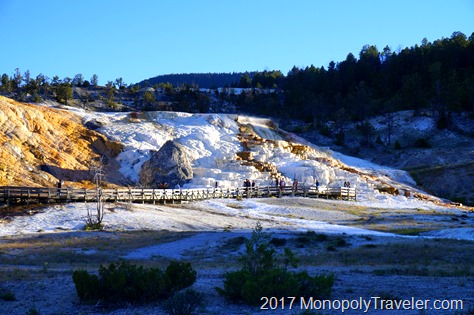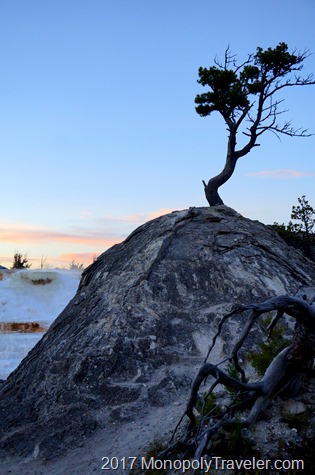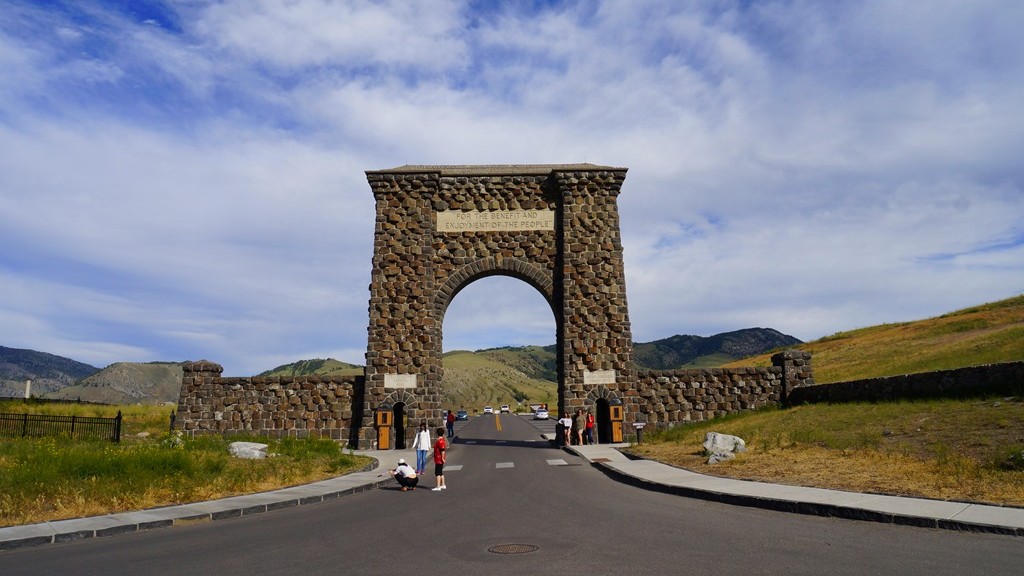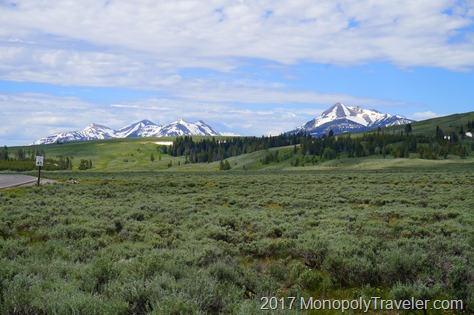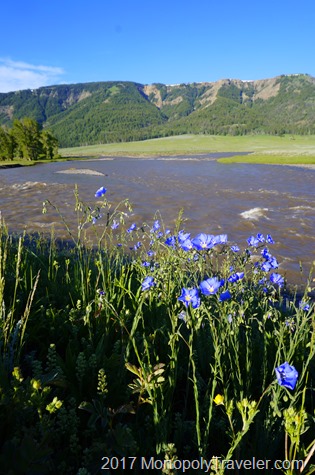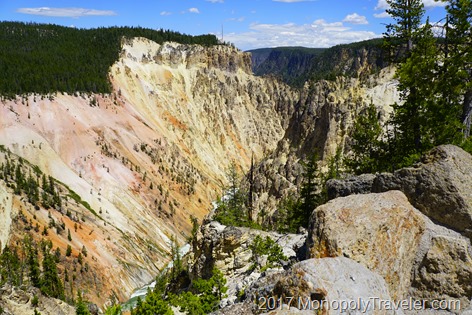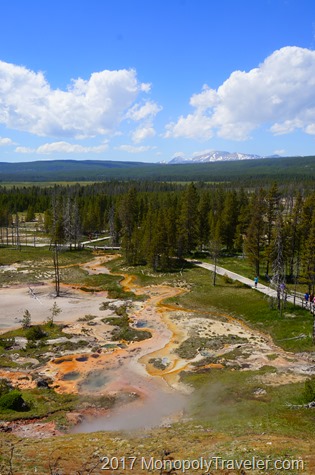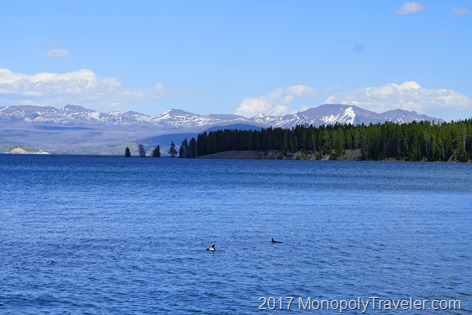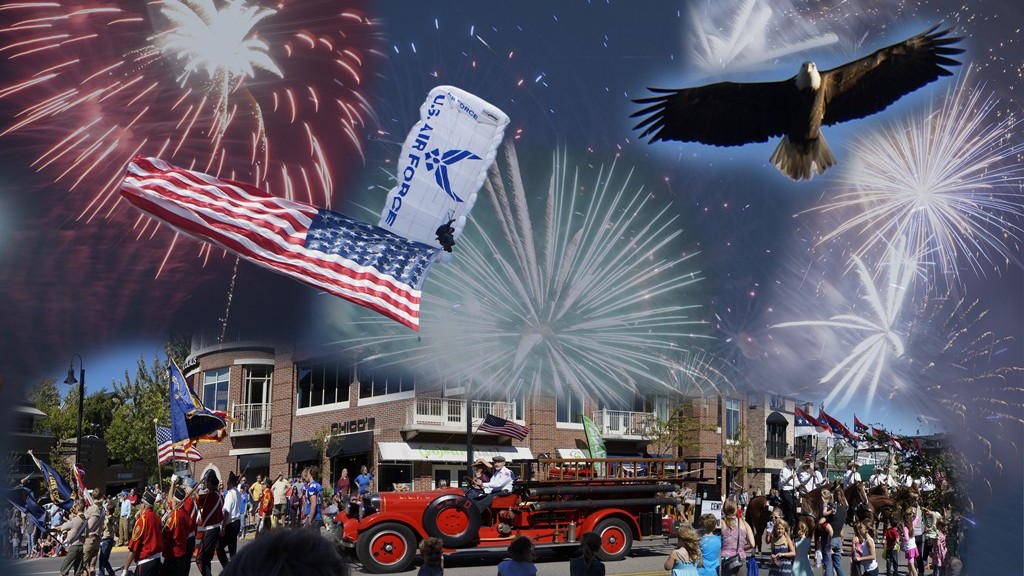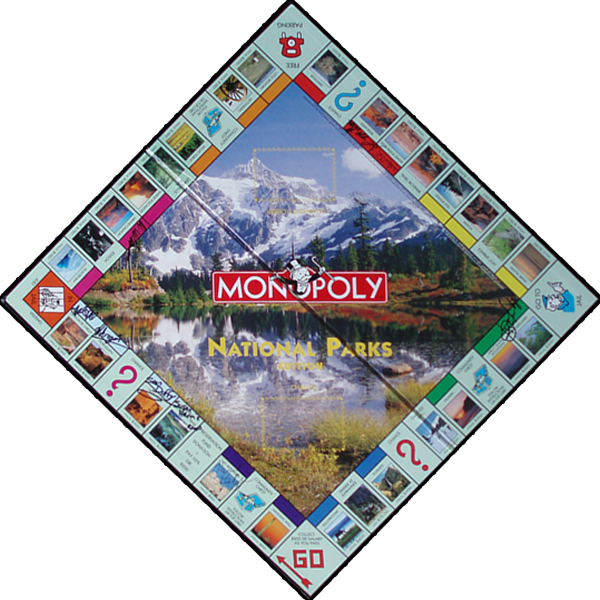Recently I had the opportunity to meet a friend I went to college with for a few days camping at Porcupine Mountain State Park which resides in Northern Michigan otherwise known as the U.P. I was hopeful to see a porcupine since I assumed that’s where the name for this park came from. As we learned while there, the name actually comes from the shape of the mountains. They look like humped over porcupines. It is possible to see a porcupine in this area but not overly likely.
Yurts are available for rent at this state park making it so a tent or camping trailer is not necessary. There are cabins also if a person prefers that. One of the nice things about the cabins and yurts is they are more remote than the rest of the campground giving you your own little area all to yourself. The challenging part of these yurts and cabins is lack of running water or electricity so using a bathroom with both of these things requires a bit of a walk to get there. Our camping spot was next to Lake Superior. Fortunately the weather was nice and calm so the lake was also. At night we were lulled to sleep by the waves lazily crashing against the shore for a peaceful nights rest.
There are several ways to spend your time at Porcupine State Park with several miles of trails to hike leading to mountain tops or waterfalls, Lake Superior providing water activities such as boating, kayaking, or swimming in the warm summer months, or just sitting next to your fire watching the flames dance between the logs. While spending some time at our campsite a Least Chipmunk would entertain us with its acrobatics off and on as it collected ripening fruit from several nearby trees.
In July the sun sets quite late in this part of the United States so it didn’t actually get dark until after 10 p.m. Eastern time. That really threw my time off because it seemed so late but was still light out to make an evening meal and eat it in the waning light. By the time stars began making their appearance it would be getting really late. One night we decided to find an area to view the Milky way and take some photographs instead of going to bed. After a few hours of doing that there was discussion on whether we should go to bed or find a place to view the impending sunrise. Thankfully our senses returned as it was off to bed for a good nights rest. Spending time in the U.P. of Michigan was definitely peaceful and relaxing.

